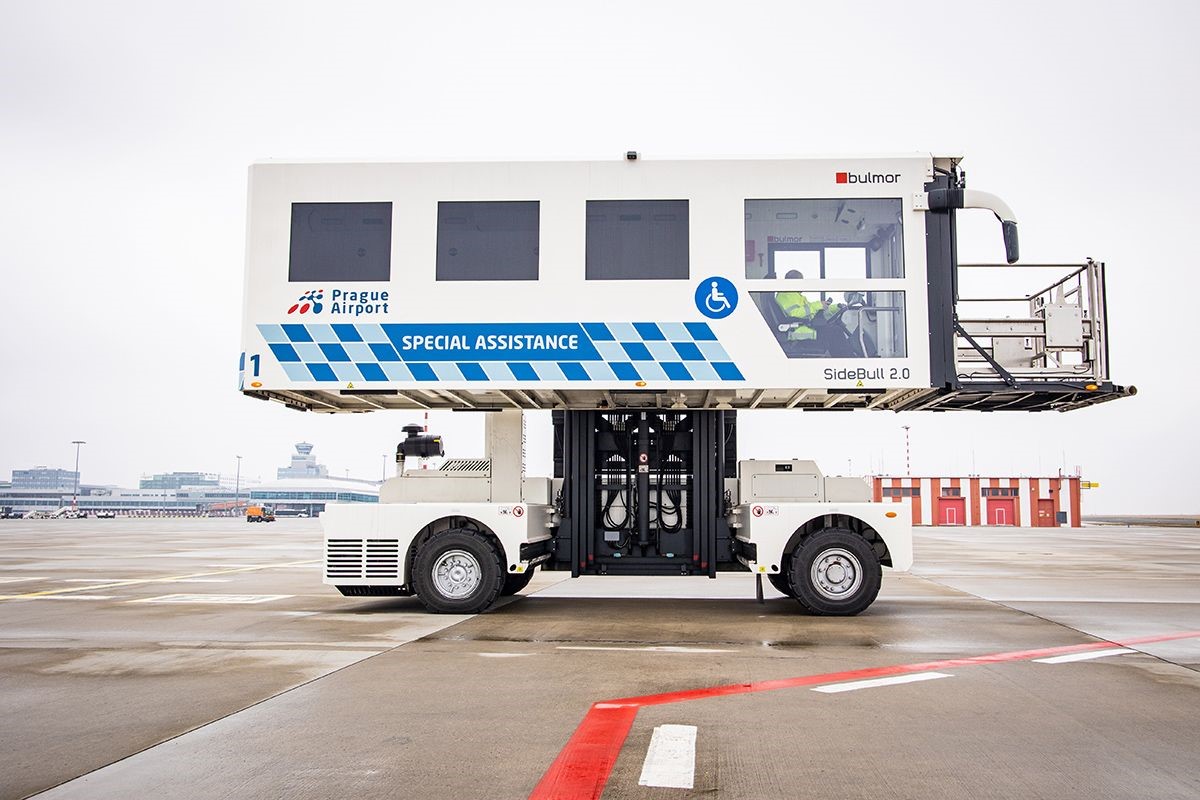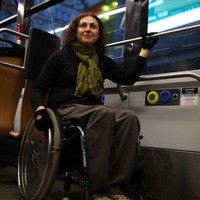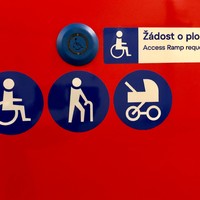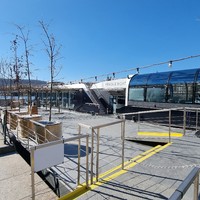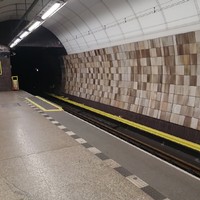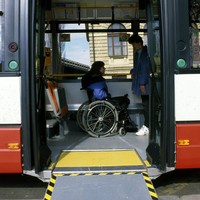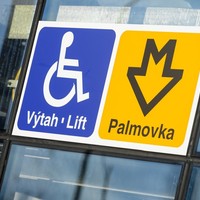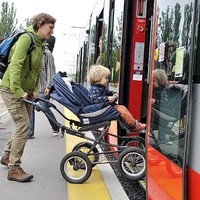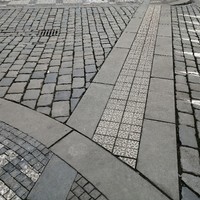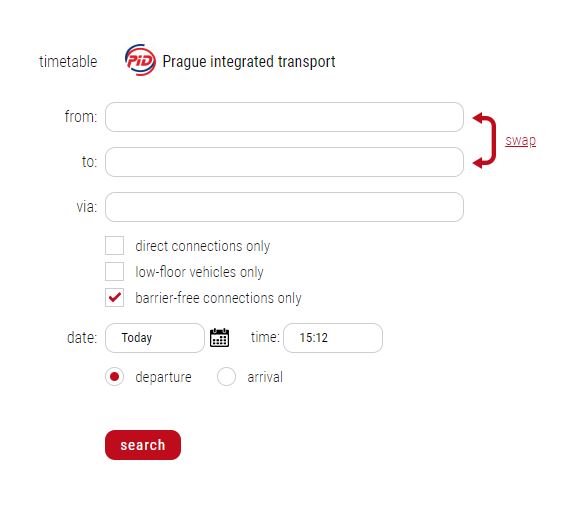Breadcrumbs navigation
Accessible Prague: Transport
For many, barrier-free transport is just a pleasant bonus when travelling, but for people with health or sensory disabilities it is a necessity. When it comes to accessible public transport, much has been achieved in the last quarter of a century, but Prague public transport is not yet fully accessible.
How to get around the city, and everything you need to know regarding accessible transport.
Municipal public transport
Barrier-free transport is provided by low-floor vehicles, or vehicles allowing wheelchair users to board with driver assistance. These transport connections are marked in the timetable by an accessibility symbol, as well as a pictogram ♿ in the front section of the vehicle. Low-floor vehicles are guaranteed on selected transport lines.
However, transport by low-floor vehicle does not always mean easy access, as not all the stops are accessible. You do need to plan your trip carefully in advance, ideally using digital maps, and in order to find out about the relevant stops, you can use publicly accessible applications (mapy.cz, Google Street View) as well as the current status of the location, roadworks etc.
Please note: The websites of the Prague Municipal Transport co. [DPP] and of Prague Integrated Transport [PID] allow searching for “Barrier-free-travelling”. When offered a connection, you can find the pertinent information:
– a wheelchair symbol next to the name of the stop indicates the stop is accessible or partially accessible
– a wheelchair symbol next to the connection number indicates a low-floor vehicle
– after clicking on the name of the stop, its parameters are displayed, including links and a photo of the stop
When using the Municipal Transport website (dpp.cz) Connection Search, under Timetables and then the ‘Find connection’ detail window (currently only in Czech) tick the wheelchair symbol for disabled access, and/or the stroller symbol for low-floor vehicles, to filter accordingly.
A fully anglicized alternative is the Prague Integrated Transport Connection Finder
The Metro
The Prague Metro is generally friendly toward the handicapped. Of the current 61 stations, the vast majority are accessible. Persons with reduced mobility and passengers with prams can use passenger elevators, directly, or in cascades, to enter or exit the station.
There is a vertical platform hoist at Nádraží Holešovice station and there are also platform stair lifts at three stations (Nové Butovice, Smíchovské nádraží and Strašnická). Platform stair lifts do have various limitations, nevertheless.
Passengers with baby strollers are also helped by escalators.
Accessible stations, listed by Metro lines with an exact description of the entrance, including an illustrative picture, can be found at https://www.dpp.cz/en/travelling/barrier-free-travelling/metro
For a list of elevators and platforms including up-to-date information https://www.dpp.cz/en/travelling/barrier-free-travelling/status-of-elevators-and-platforms
Still, even taking the Metro can have its obstacles. The two most serious ones are the gap between the platform and the railcar and their different heights. This is a particular complication for those who use electric wheelchairs. The issues arise due to the different types of trains that run in the Prague metro and their particular loading at the time. A ramp in the leading railcar addresses the height difference between the platform and the floor of the car, while the gap issue is addressed by comb-edged gap fillers. Thus, the ramp and the gap-bridging devices make it easier for people in wheelchairs to board the Metro train.
All Metro stations are fitted out with guidance grooves for the blind. Most elevator cabins are equipped with acoustic announcements about the stations. The selection buttons at the stations and in the elevator cabins do mostly have Braille markings.
When boarding the Metro, passengers in wheelchairs do not need to signal to the driver.
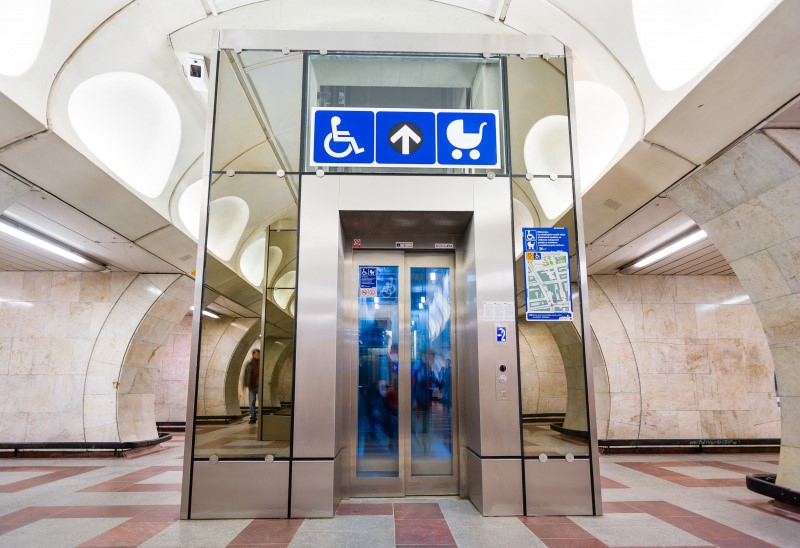
Trams
Low-floor trams make up more than half of the fleet.
When the tram arrives, the wheelchair passenger signals to the driver by raising their arm. Each stop typically serves several lines and the driver may not otherwise be certain whether the passenger wants to get into their particular tram. Some new trams are equipped with an accessibility symbol button on the outside of the doors. However, this way of signalling the driver has seen very rare use during the recent pandemic.
The barrier-free status of individual tram stops is incorporated in the connection finder. As long as the passenger knows ‘where from’ and ‘where to’ they want to travel, there is a direct link to information regarding the degree of accessibility of any particular stop, including a photo of that stop.

Buses
Bus lines operated by Prague Municipal Transport are served by low-floor buses, but the accessibility of bus transport is mainly influenced by the accessibility of the stop and the height of the platform boarding edge. There is a growing number of adapted platforms, which are often part of the walkway. Boarding the vehicle is then facilitated by a tilting ramp-platform the buses are fitted with. The platform is operated by the driver.
Funicular railway to Petřín
The funicular to Petřín is not accessible.
Ferries
For the sake of completeness, we are also including river ferries, but they are only usable for crossing with a stroller. On all the PID ferry lines, albeit the vessels are accessible from the pier, the surrounding terrain does not allow safe movement in most cases.
Boat trips on the Vltava River
The Bohemia port pier, on Dvořákovo nábřeží embankment near Čechův most bridge allows accessible boarding. Further information about cruises, see https://www.prague-boats.cz
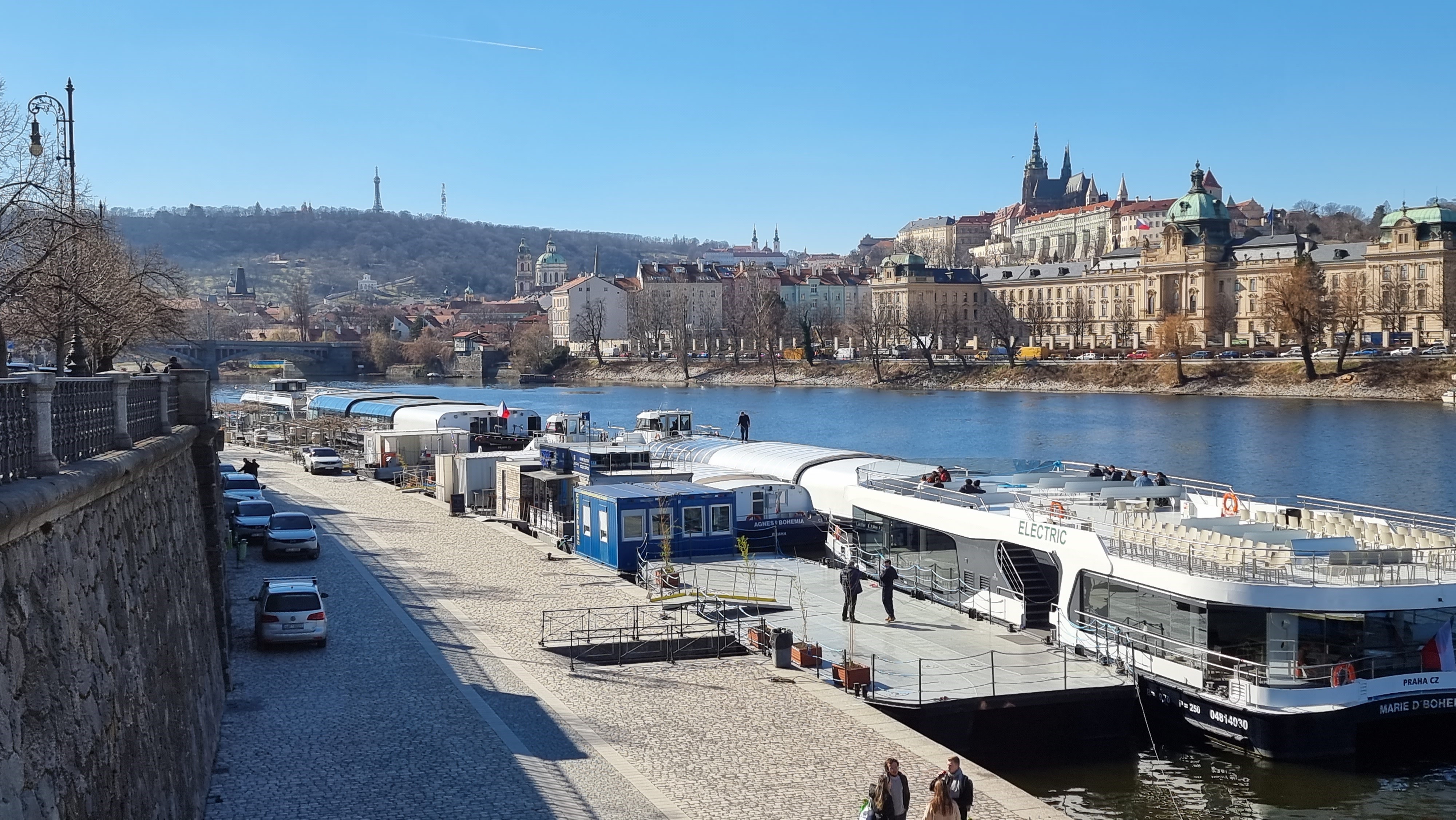
Railway stations
Hlavní nádraží / Main Station: the busiest train station in the Czech Republic is accessible (Metro C connection option).
Nádraží Holešovice: also the station for international connections, an important transport hub (Metro C connection option). The platform is accessible. However, the external accessibility of Holešovice Railway Station is not optimal.
Masarykovo nádraží: a smaller station right in the centre connecting to the north-east has an accessible entrance, but the platforms are low, so even low-floor trains are a step up.
Parking
In the paid parking zones of Prague there are disabled parking spaces (excepting those marked as reserved for a specific vehicle license plate) and these can be used free of charge by visitors to Prague (including foreigners, if they hold the equivalent of an O 7 parking card issued by an authorized authority in another EU Member State).
For an overview of parking spaces (usually with a limited parking duration of 4 hours) you can use the mapy.cz (and search for the term reserved parking “vyhrazené stání”).
Václav Havel Airport Prague
Information on assistance with movement at the airport is offered to handicapped clients of Václav Havel Airport Prague on https://www.prg.aero/en/persons-reduced-mobility-and-orientation
Taxi Praha counters in the arrivals halls offer taxi services for people with disabilities (best arranged before your arrival, phones +420 220 114 835, +420 220 111 023).
